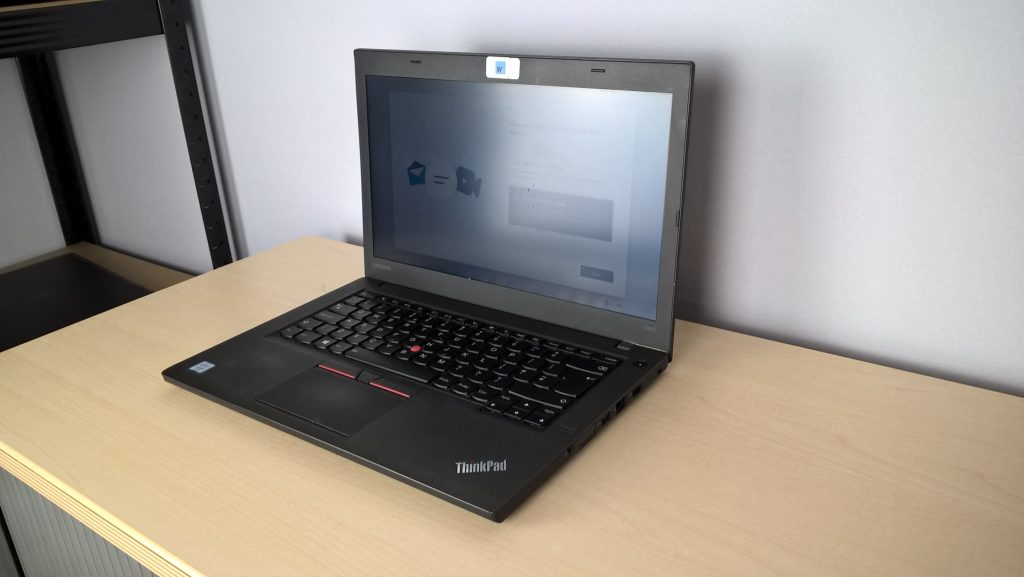Reviving an Old Laptop: A Perfect First Computer for My Daughter
In today’s fast-paced tech landscape, it’s easy to leave behind older devices that can still serve a meaningful purpose. Recently, I decided to breathe new life into my 12-year-old laptop by installing Ubuntu, transforming it into a functional device for my four-year-old daughter. This will be her very first laptop, and I’m excited to introduce her to the world of technology, helping her learn essential skills like typing and writing.
One of my key objectives is to create a user-friendly environment tailored to her needs. I’m currently exploring ways to set up the laptop so that it automatically opens a text editor upon startup. This will eliminate the need for her to navigate with a mouse, allowing her to dive straight into exploring her creativity through writing. If anyone has tips or suggestions on how to achieve this, I would greatly appreciate your input!
Another detail I’m curious about is whether I can configure the laptop to start with Caps Lock enabled. This would help her with the initial stages of learning to type, ensuring that her letters are capitalized easily. Any advice on that would be helpful as well!
It’s heartening to see how technology can be repurposed to foster learning and creativity in young minds. By providing my daughter with this revamped laptop, I hope to nurture her interest in technology from an early age. If you have any insights or additional tips for setting up a kid-friendly laptop experience, please share your thoughts in the comments below!
Share this content:




Hi there! Great job on reviving your old laptop and making it suitable for your daughter’s first experience with technology. To automatically open a text editor upon startup, you can set up custom autostart applications in Ubuntu. Here’s a simple way to do that:
gnome-session-propertiesin the terminal.geditormousepad.For starting with Caps Lock enabled, you can utilize the xmodmap command to remap the Caps Lock key to act as a “Caps Lock” toggle or even set it to be enabled by default at login:
~/.bashrcor as a startup script: